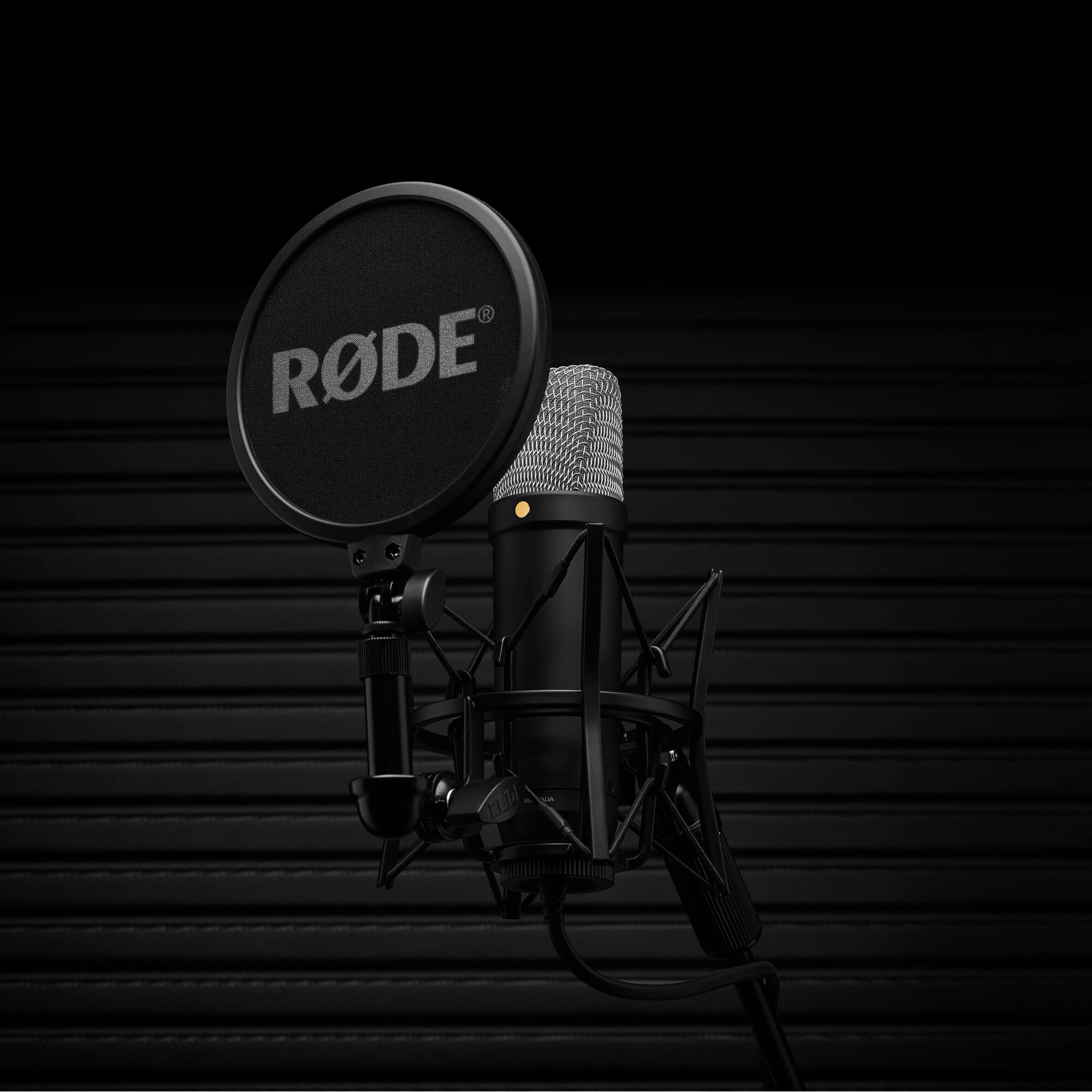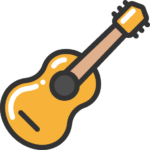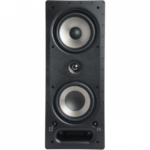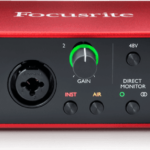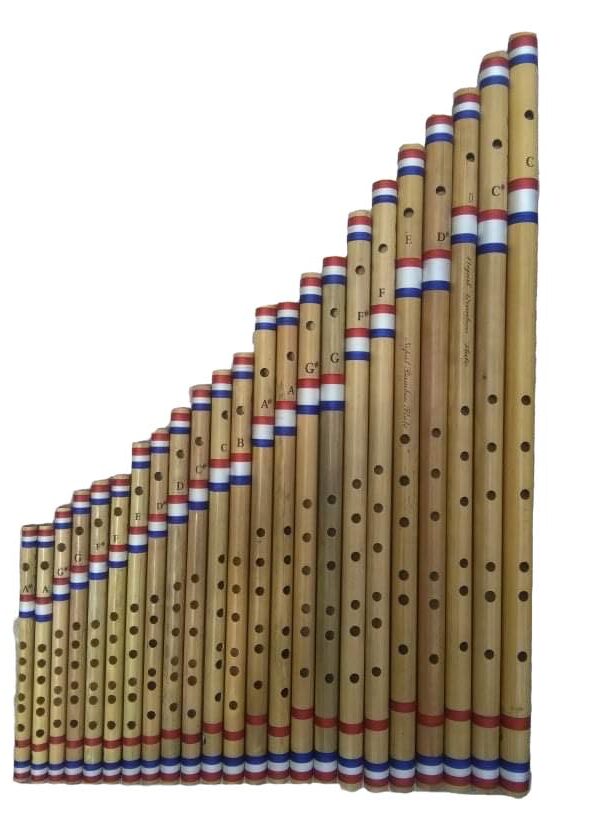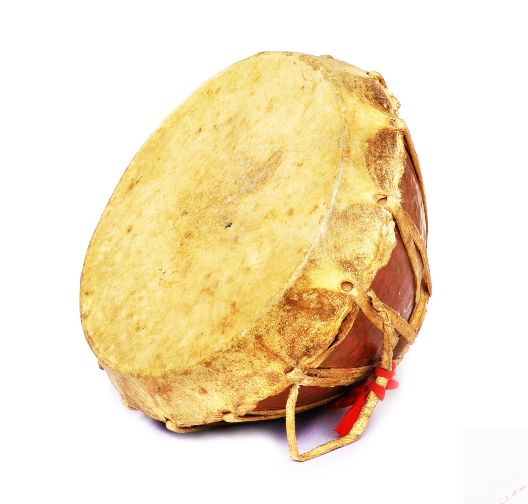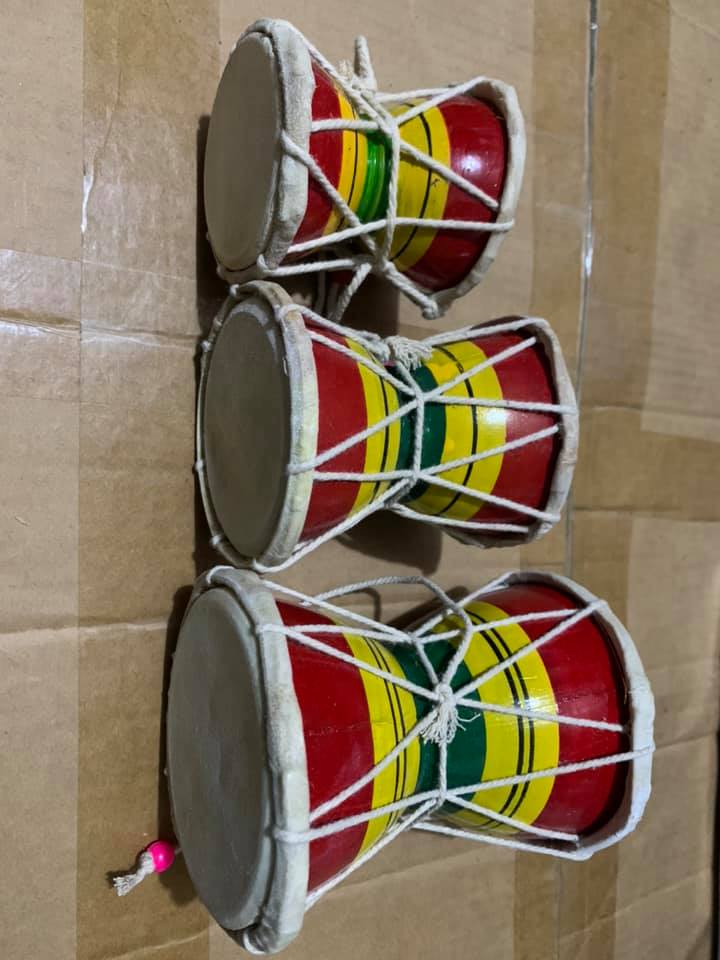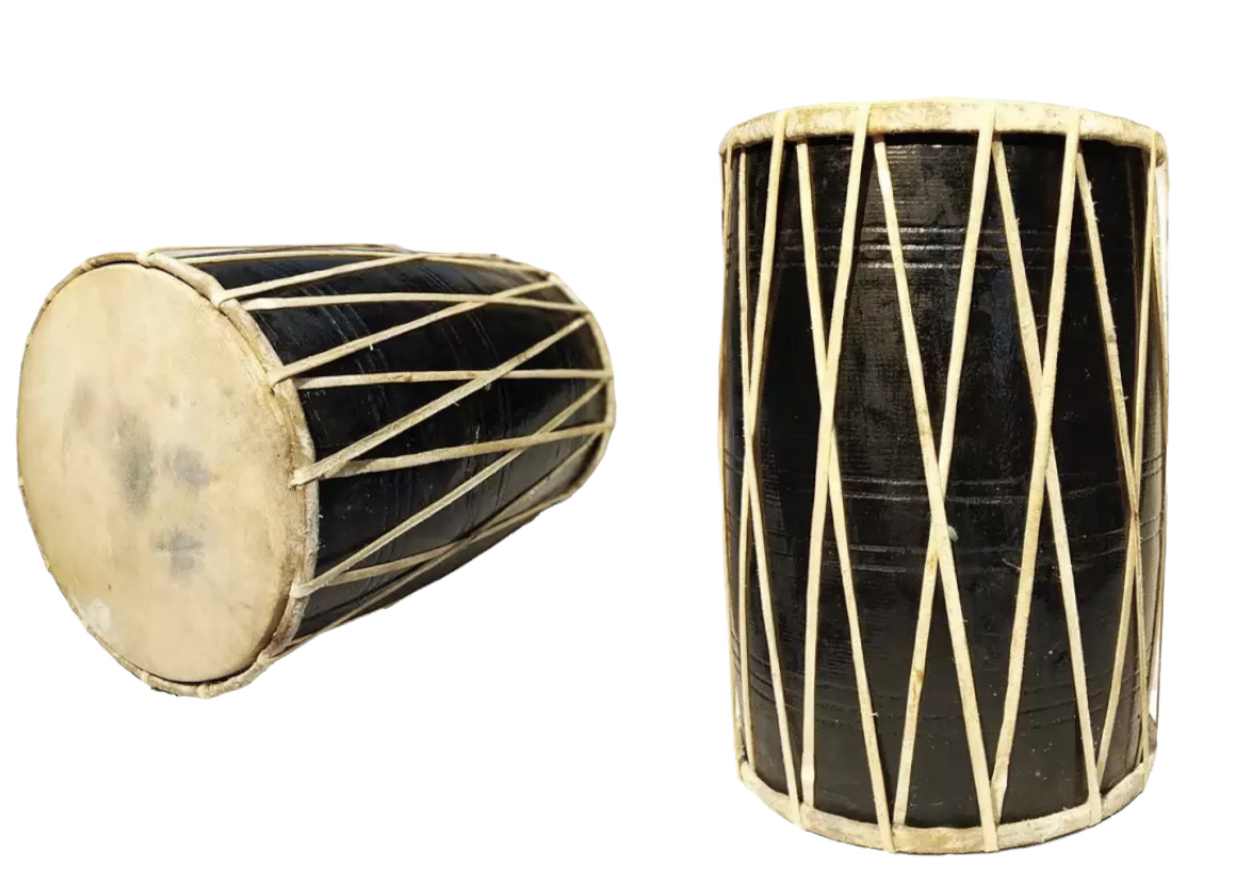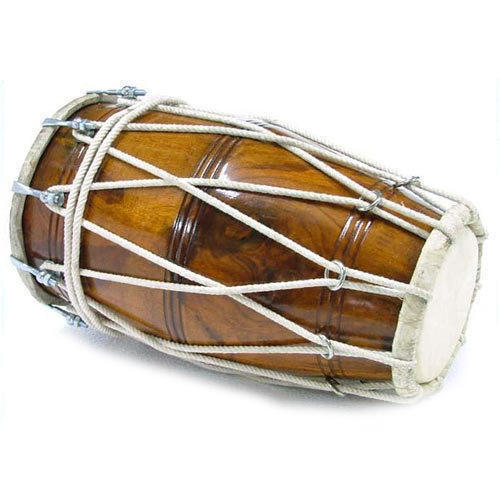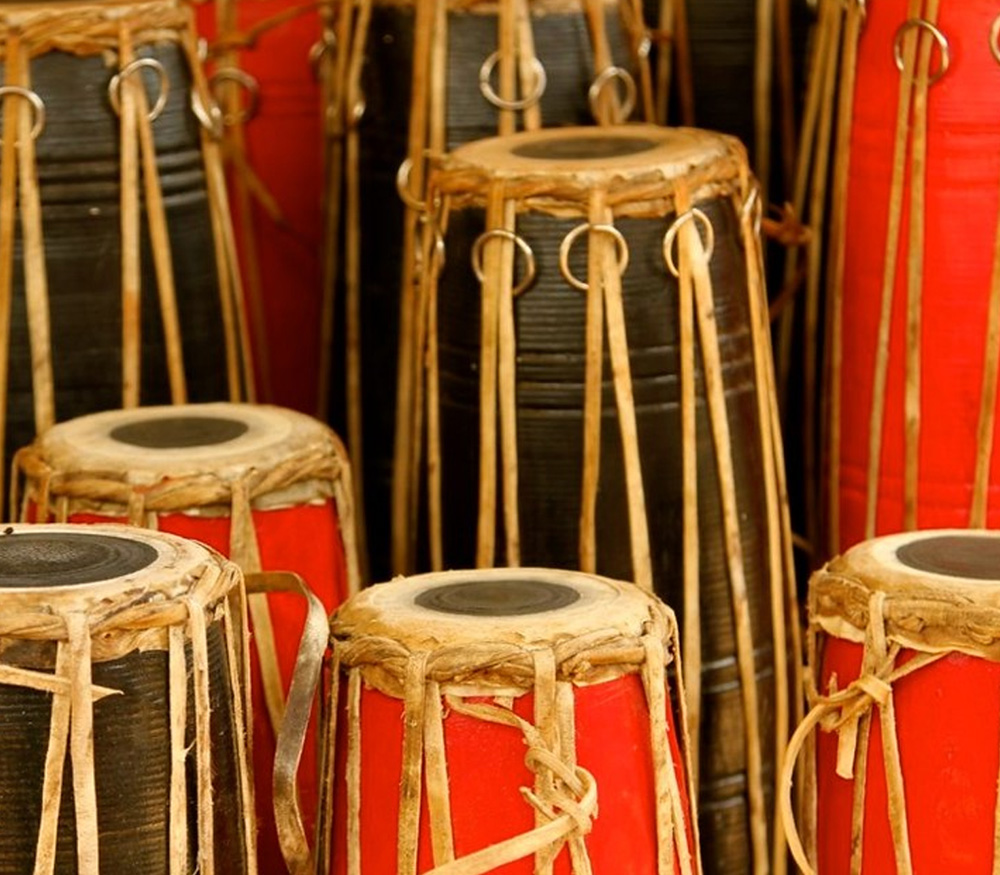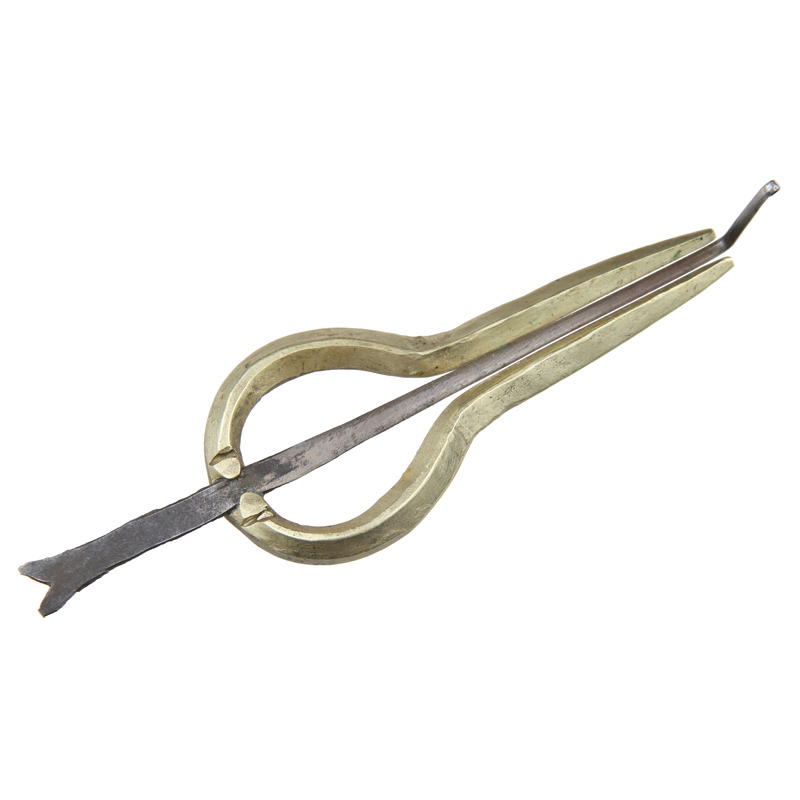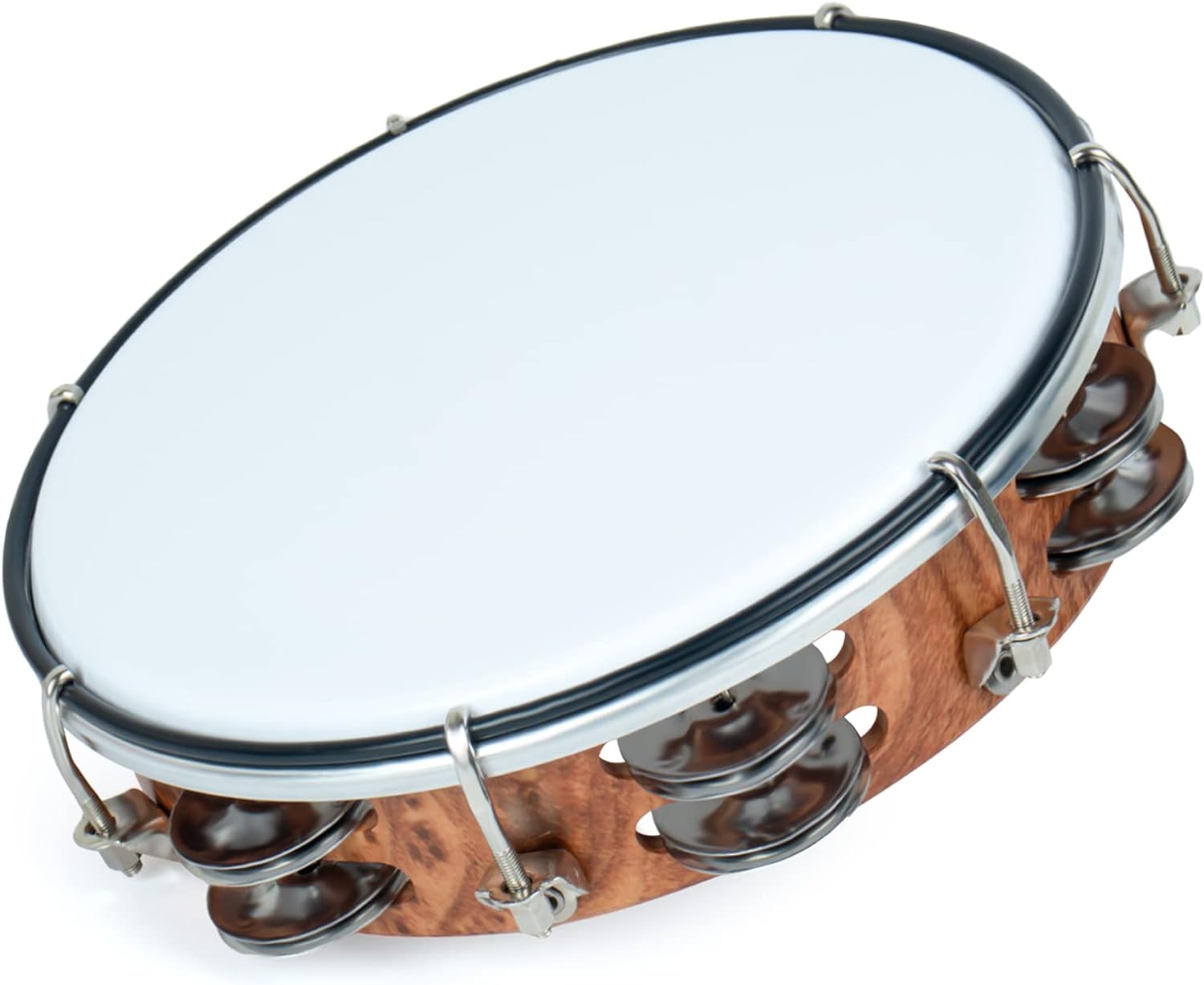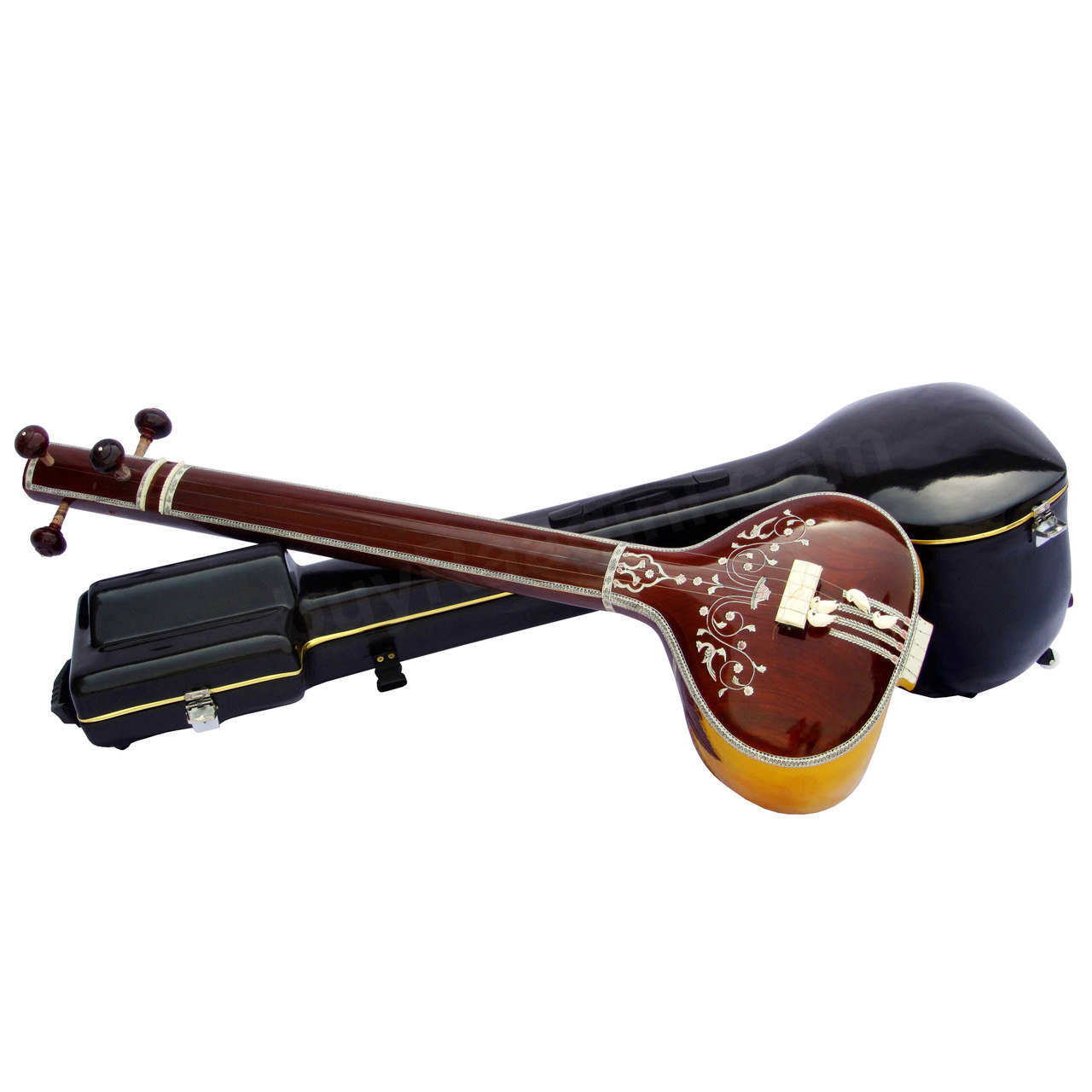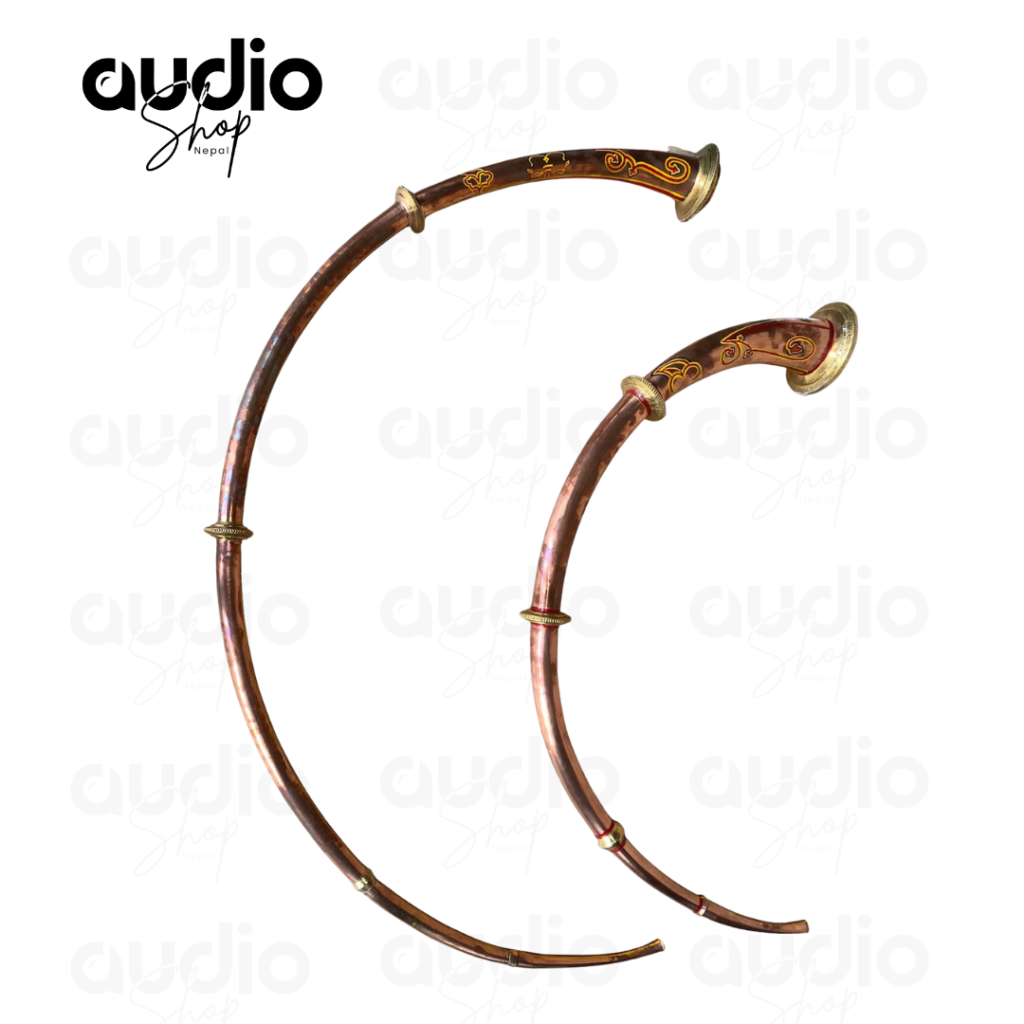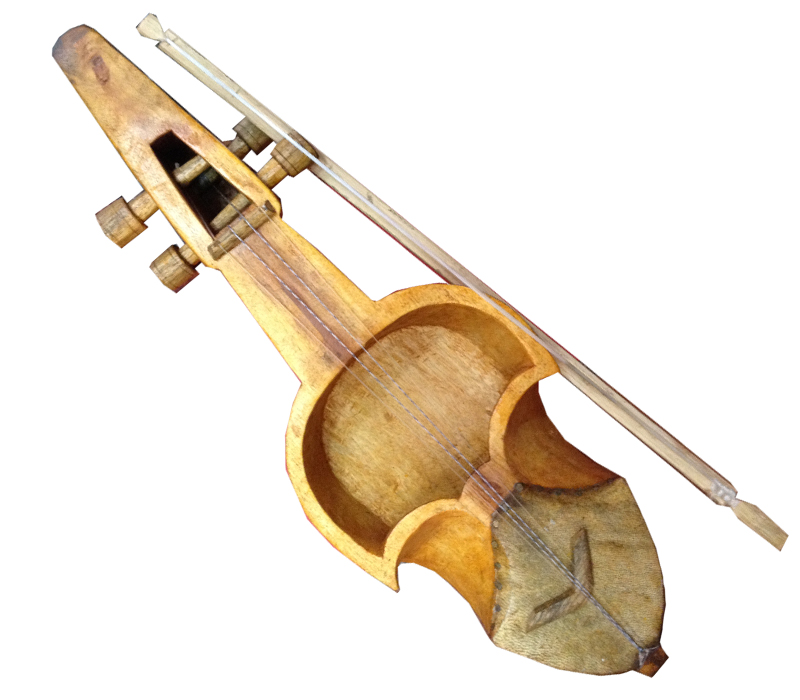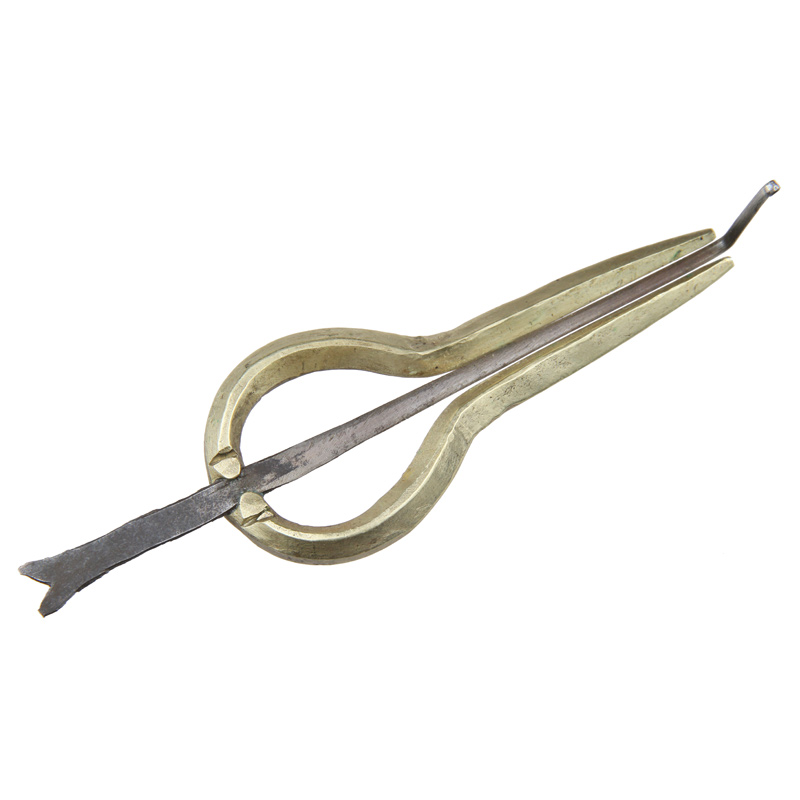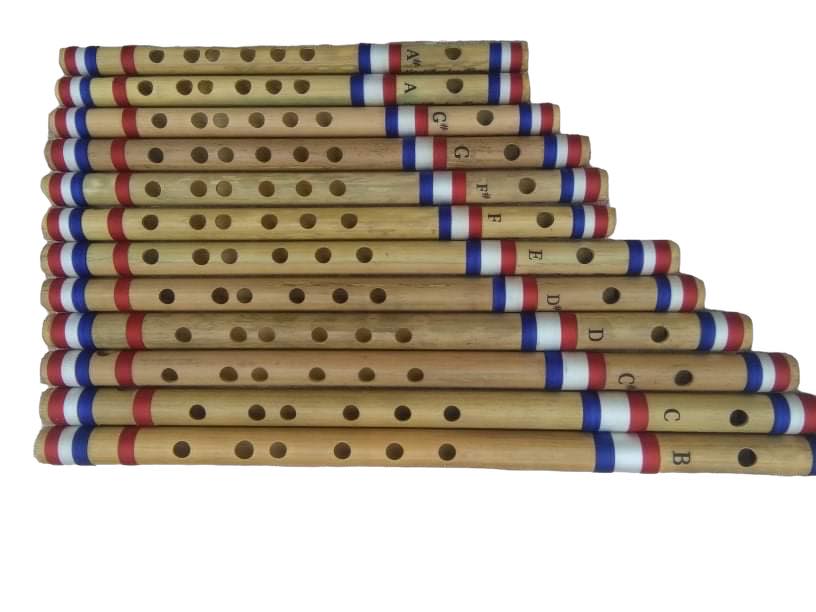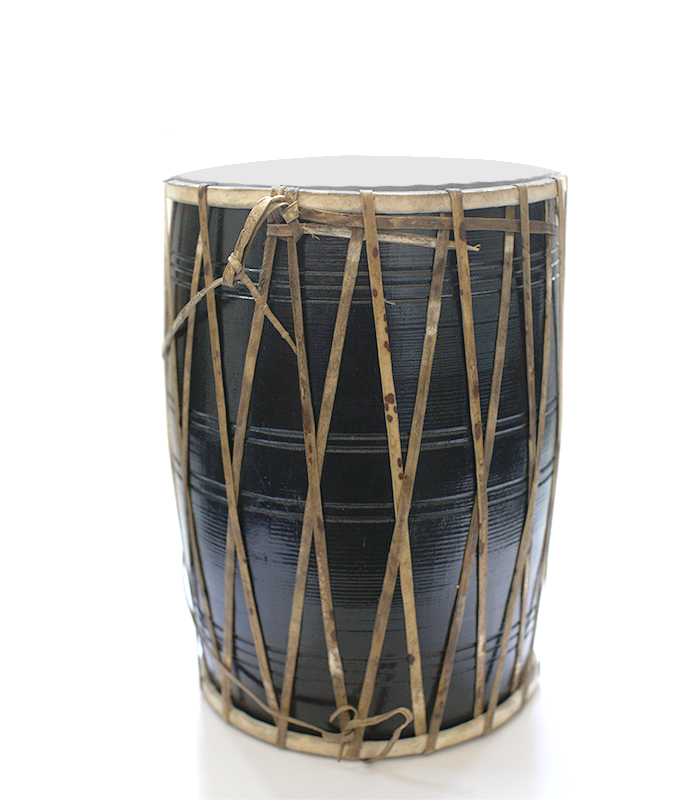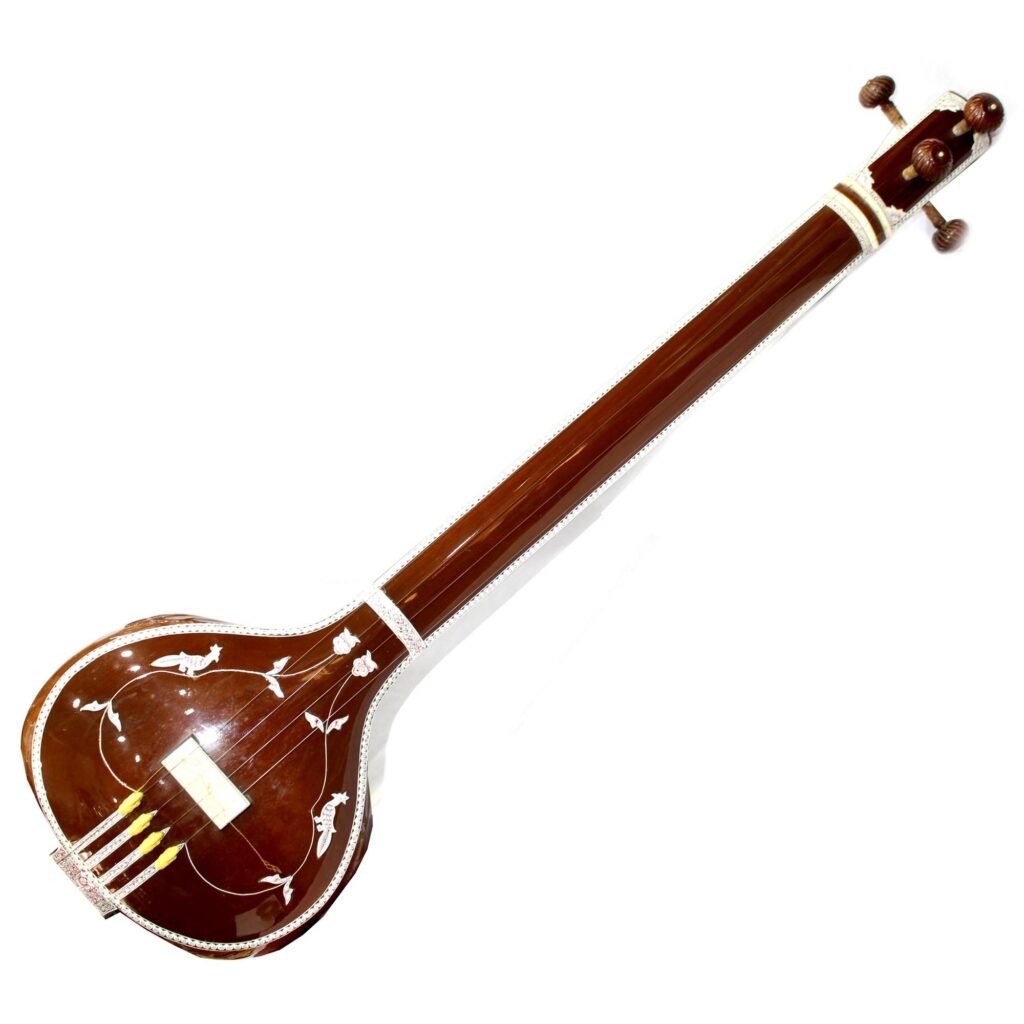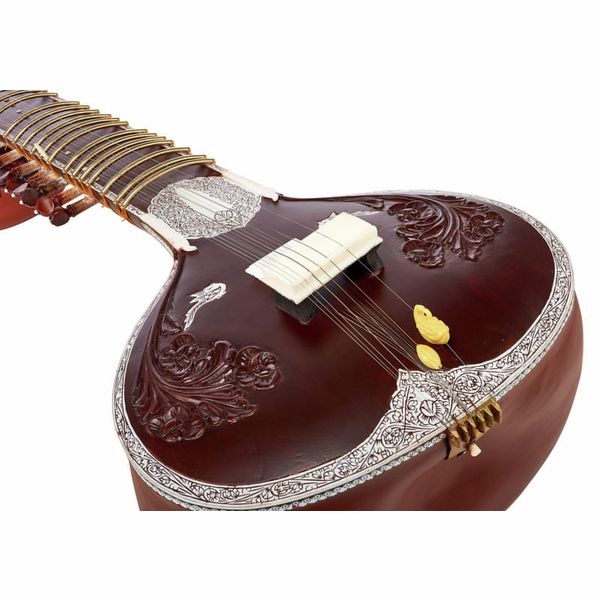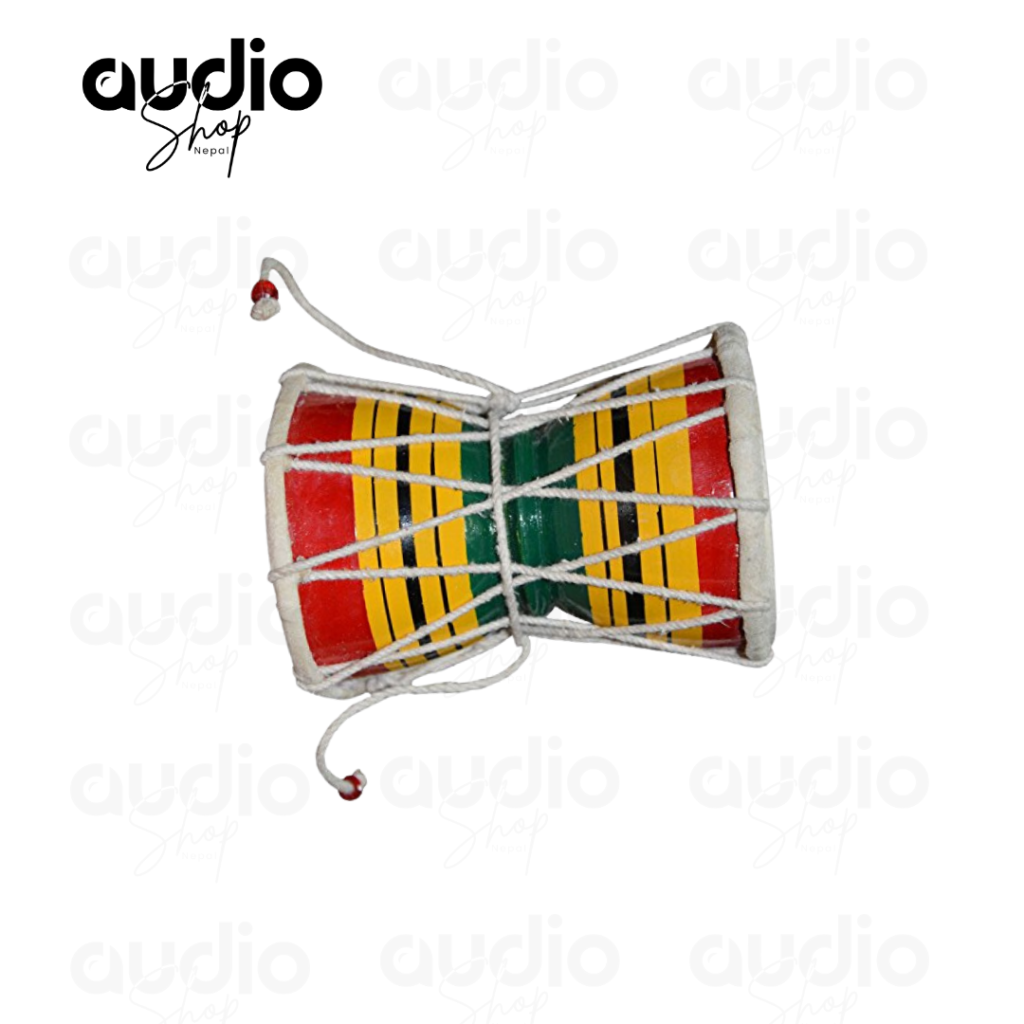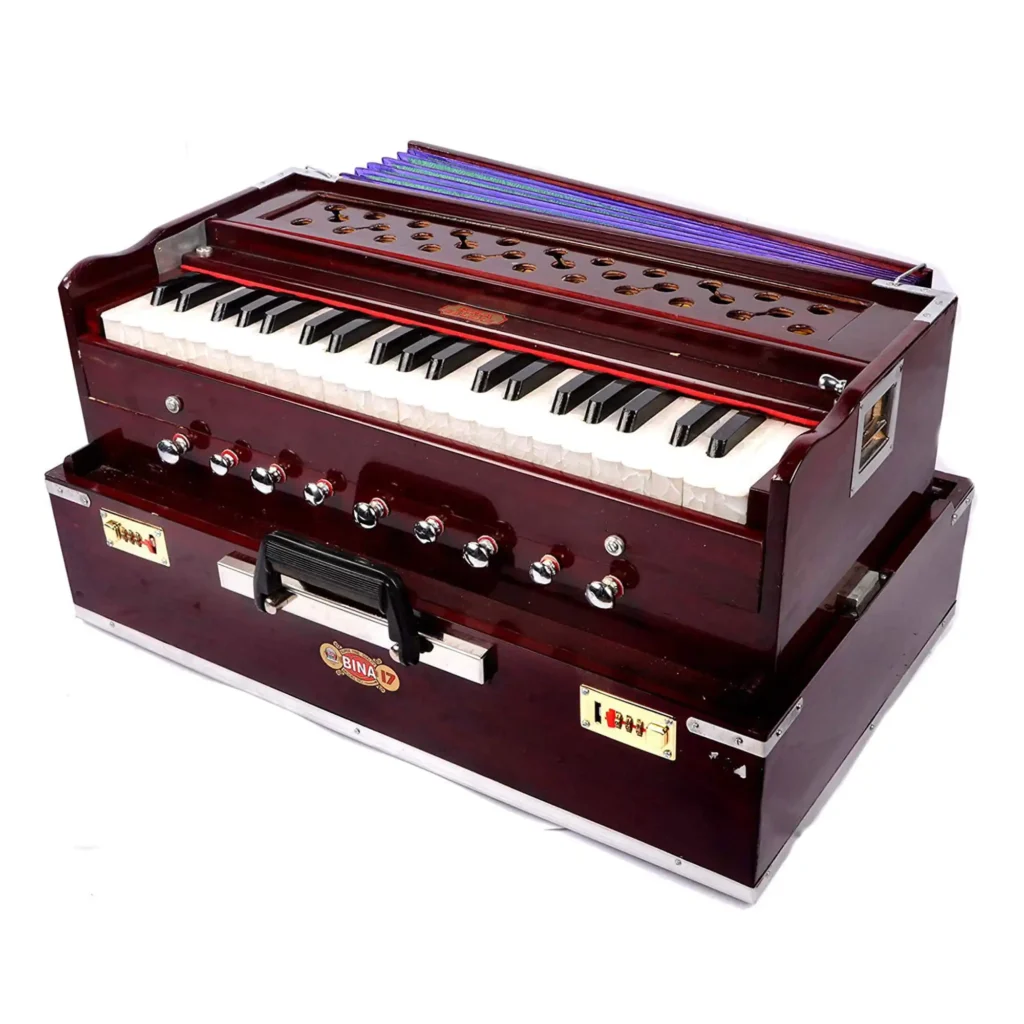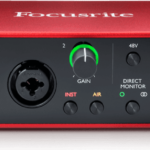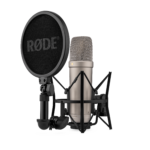Showing 1–12 of 19 resultsSorted by popularity
Traditional Muscial Instrunment in Nepal, such as Jhyamta, Nagara, Sahanai, and Murchunga, are an integral part of the country’s cultural identity. These instruments are crafted from materials like brass, wood, and leather and are often played during festivals, religious ceremonies, and community celebrations. Instruments like the Damaha produce deep, resonant beats, while the Murchunga, with its unique sound, requires special skill to master. Each community, from the Newari to the Kirati, has its own musical traditions, using these instruments to express joy, spirituality, and cultural pride.
Traditional Musical Instrument of Nepal
Jhyamta (Jhurma): A pair of brass or bronze circular discs played by striking them together, often used by Newari and Kirant communities during festivals and celebrations.
Nagara (Damaha): A large bass drum made of leather, brass, and wood, played with sticks during festivals, producing a deep rhythm for dances.
Sahanai: A wood or metal wind instrument with 6-9 holes, played during auspicious occasions to ward off evil spirits.
Tyamko: A smaller version of the Damaha, used in street festivals, played with drumsticks for celebratory tunes.
Narshingha: A long, curved buffalo horn instrument, blown from one end and used in festivals.
Damaru: An hourglass-shaped drum, associated with Lord Shiva, played by rotating it so that threads hit the drumheads to create sound.
Murchunga: A small lyre-shaped instrument, played by holding it in the mouth and plucking a wire, used by Kirati and Mongolian communities in cultural rituals.
These instruments, along with others like Sankha, Dhimay, and Pungi, reflect Nepal’s rich cultural heritage and diverse traditions.

